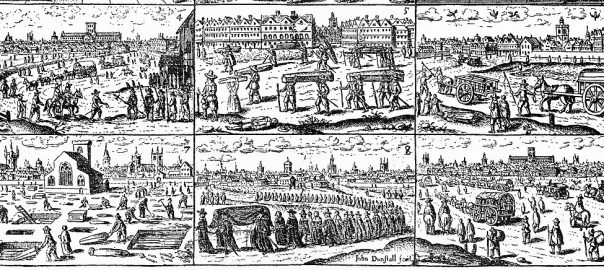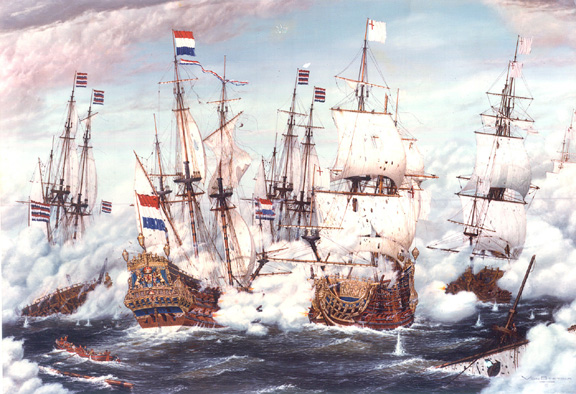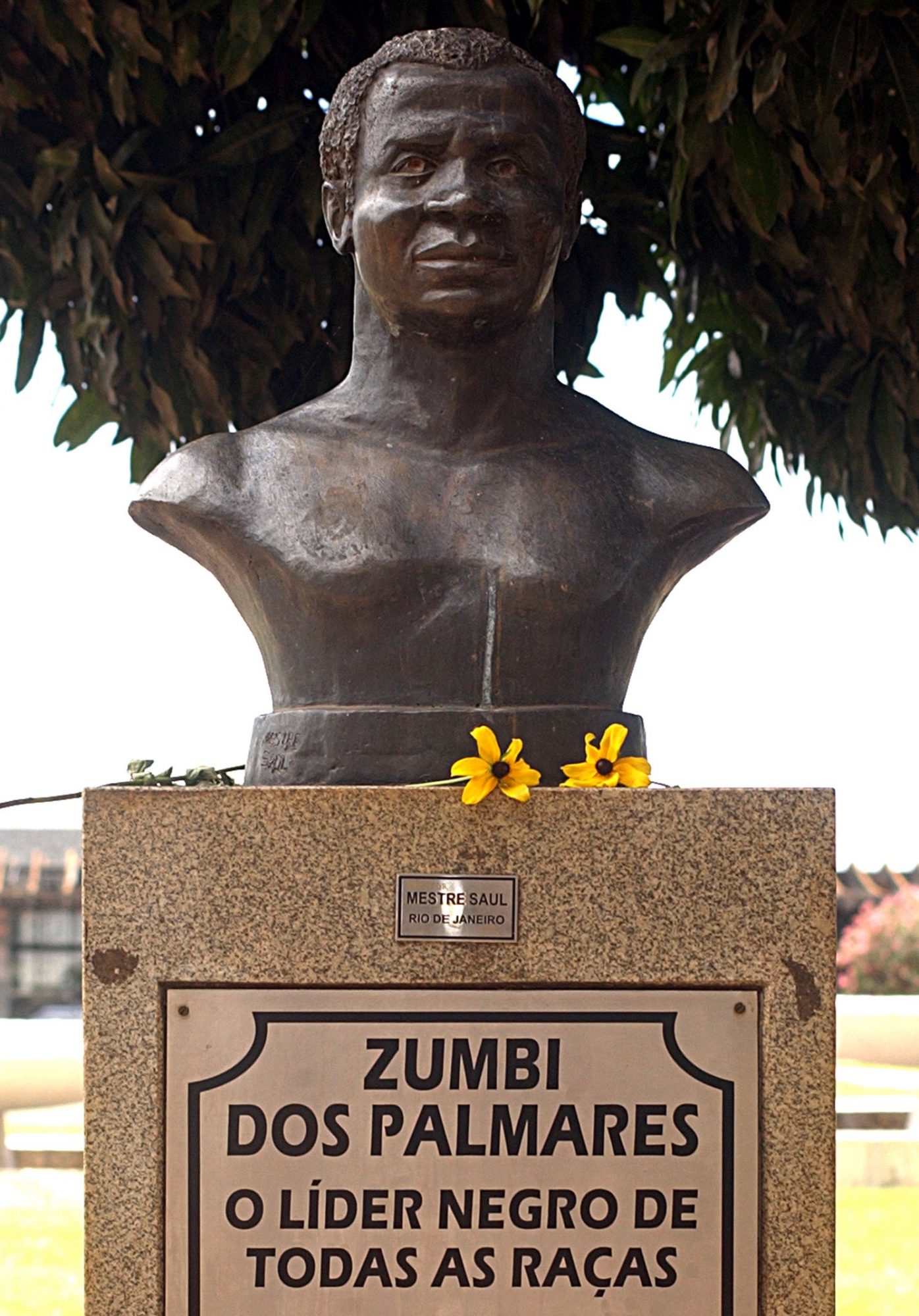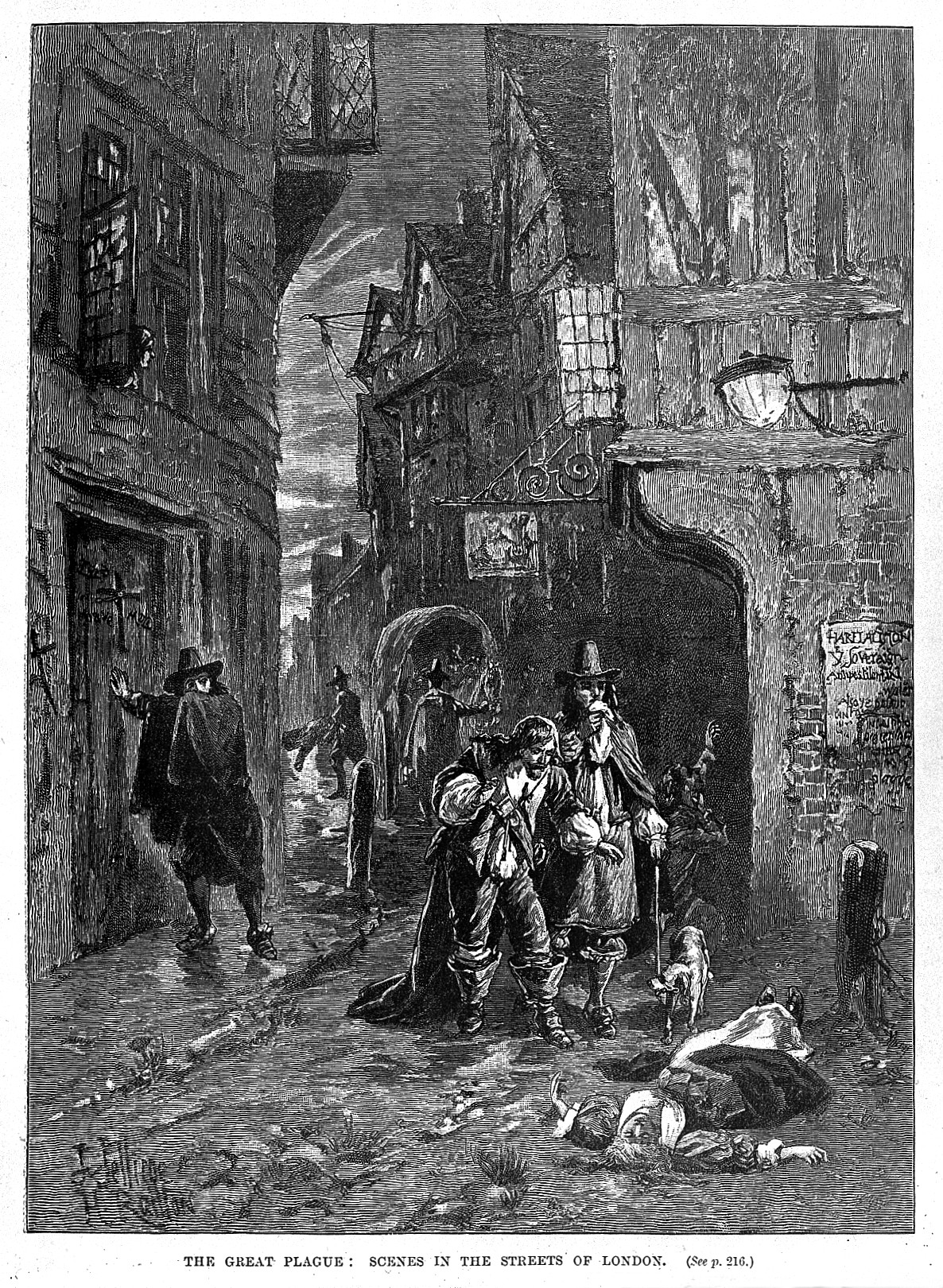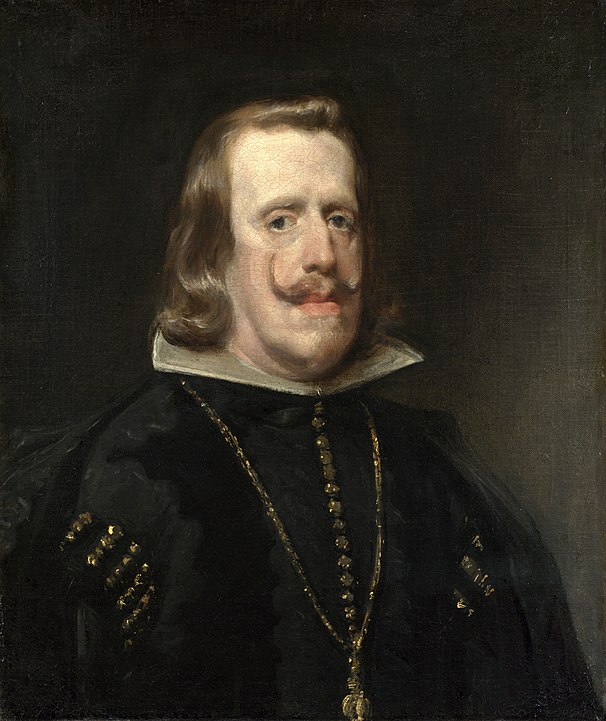In doing this project so far, I have sought always to keep in mind the balance among Western Europe’s big world-imperial states as each continued to build its global influence while they often (and increasingly) contended for power among themselves both in their European home-continent and home-seas and in the far-flung reaches of their respective colonial empires.
At the beginning of this project in 1520 CE, there were two such powers, Portugal and relative newcomer Spain. They did not contend much against each other because from 1494, with the Treaty of Tordesillas, they had divided the whole of the then-known non-European world between them for colonizing/plundering purposes; and its delineation was “completed” with the Treaty of Zaragoza in 1529. Was the two states’ near-total compliance with these treaties helped by the fact that, both being Catholic, they could theoretically appeal to the authority of the Pope to help in enforcement? (The Papacy having also been the institution that gave first Portugal in the 15th century, then also Spain, not just permission to seize control of the lands, resources, and peoples of the non-European world but also, effectively a command to do so… ) Probably. Anyway, the conflicts between the two were rare until 1580, when the collapse of the succession system in Portugal led to Spain’s takeover of its monarchy, which led to long-simmering resentment from the Portuguese; then, to the open revolt of the Portuguese nobles and the independence they asserted from Spain in 1640; and since 1640, to repeated attempts by Spain to reverse that independence.
June 1665 saw a battle at Montes Claros in southeast Portugal in which Portuguese forces (with help from England) inflicted a decisive defeat on Spain, effectively ending Spain’s 25-year Portuguese Restoration War.

As English-WP notes:
The Battle of Montes Claros definitively secured Portuguese independence from Spain. The Spanish did not attempt another invasion; instead the defeat led to a treaty being signed between England and Spain at Madrid in 1667. As a result of this England mediated the Treaty of Lisbon which was signed by Portugal and Spain a year later. Portugal’s new ruling dynasty, the House of Braganza was recognized.
By 1665, Philip IV had been King of Spain since 1621. He and his series of “favored courtiers” had steered Spain through the Thirty Years War in Europe, and to the end of the Eighty Years War against the Protestant insurgents in the Netherlands. Both of those wars were brought to an end on terms fairly unfavorable to Spain in 1648. In general, the 17th century had seen a steady decline of Spain’s power, both in Europe and globally. In September 1665, Philip died. He was succeeded by his three-year-old son Charles II, of whom more below (definitely makes good reading.)
But meantime, in the world-historical scheme of things, the Catholic monopolization of global colonialism that had persisted until the late 16th century had since that point been very seriously challenged by the rise of the two agile, ambitious, and capable Protestant naval powers, England and Netherlands.
Initially, those two newcomers to the project of global plundering and sea-lane domination had helped each other. Or more to the point, the English had helped the Dutch United Provinces a lot as they battled against Spanish/Catholic/Habsurg domination of their homeland(s); and the Dutch had given some help to the English when they fought off the repeated attempts by Spain to invade England in the late 16th century. And throughout the late 16th century, both the English and the Dutch sent privateers and outright pirates to prey on the transatlantic treasure-fleets that were essential to Spain’s ability to fight its many wars in Europe, as well as (post-1580) on the Portuguese treasure-fleets hauling super-valuable spices back to Europe around the southern tip of Africa.
But once the UP’s had shown themselves capable not just of defending themselves at home but also of besting the English in the scramble to grab control of the lucrative Spice Islands of the East Indies, relations between the two Protestant powers soured.(And Spain, of course, was eager to set them up against each other, especially by favoring England with intimations of possible dynastic union, and so on.) England and the mainstream in the UP’s had their own theological differences, too. It turned out that Protestant sects in the first two-thirds of the 17th century could be as fissiparous as small Trotskyist sects 300 years later. And both England and the UP’s faced religio-political fissures and challenges at home, as well…
Long story short, relations between the two Protestant-European empires that grew so speedily during the 17th century were not governed by any world-dividing treaties or any papal authority. It was often outright war between them as they battled to scoop up any parts of the world’s coastlines that the Spanish and Portuguese could not retain control of. There had already been one Anglo-Dutch War, in the height of the Cromwell era in England, 1652-54. And in March 1665 a second one broke out… Meantime in West Africa, the Portuguese were showing new imperial mettle when they attacked the semi-independent Kingdom of Kongo at the battle of Mbwila, decapitating King Nvita a Nkanga (aka Antonio I.)
And in England, London and some other parts of the country saw the outbreak of the last Great (bubonic) Plague, which over the course of 18 months killed an estimated 100,000 people.
In today’s bulletin I’ll survey these four main developments: The Second Anglo-Dutch War, the Battle of Mbwila, the Great Plague of London, and the succession of Spain’s Charles II.
The Second Anglo-Dutch War
Here’s how this helpful section in Wikipedia sums up its first two years:
After the English Restoration in 1660, Charles II tried through diplomatic means to make his nephew, Prince William III of Orange, stadtholder of the [Dutch] Republic. At the same time, Charles promoted a series of anti-Dutch mercantilist policies, which led to a surge of jingoism in England, the country being, as Samuel Pepys put it, “mad for war”.
English merchants and chartered companies—such as the East India Company, the Royal Adventurers Trading into Africa, and the Levant Company—calculated that global economic primacy could now be wrestled from the Dutch. They reckoned that a combination of naval battles and irregular privateering missions would cripple the Dutch Republic and force the States General to agree to a favourable peace. The plan was for English ships to be replenished, and sailors paid, with booty seized from captured Dutch merchant vessels returning from overseas.
In 1665 many Dutch ships were captured, and Dutch trade and industry were hurt. The English achieved several victories in battle, such as taking the Dutch colony of New Netherland (present day New York) by Charles’ brother, the future James II [Note: that had actually happened, through peaceable means, in 1664]; but there were also Dutch victories, such as the capture of the English flagship Prince Royal during the Four Days Battle…
I’ll wait a couple of years to show how the whole venture turned out for the English…
The Battle of Mbwila
Catching up with some Kingdom of Kongo developments here… Back in 1622, Wikipedia tells us, Kongo’s King Pedro II,
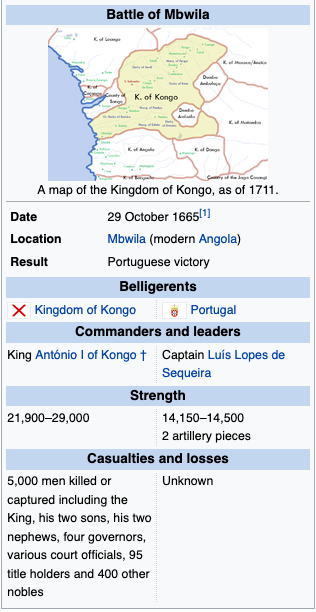
wrote to the Dutch Estates General, proposing an alliance with the Dutch to drive the Portuguese out of Angola altogether. This alliance did not finally come to fruition until 1641 when Dutch forces took Luanda and were joined by an army from Kongo, forcing the Portuguese to withdraw into the interior. However, they were not able to finish the Portuguese, and as a result the Portuguese eventually forced the Dutch out in 1648.
In the years following the Dutch withdrawal, [the Portuguese governors of Angola] sought to obtain revenge against Kongo and to support the slave trade with a highly aggressive policy. Included in this policy were attacks on the zone of small, semi-independent states called Dembos that separated Angola from Kongo. Both Kongo and Angola claimed authority over the Dembos. King António I, an aggressive monarch in his own right, was negotiating with Spain to renew an anti-Portuguese alliance, and also sent ambassadors into the Dembos areas to persuade them to join Kongo against the Portuguese, promising Spanish aid. In 1665, one of these small kingdoms, Mbwila, underwent a succession struggle and the various factions appealed to Kongo and Angola for aid. Both sides responded with armies.
The Portuguese won the war (see the summary above.) And what was the aftermath? WP tells us this:
Portugal obtained an act of vassalage from D. Isabel, the regent of Mbwila, but was unable to exercise any real authority over the region once their forces had withdrawn. In 1693 they had to return to attempt to subdue the region again. The primary result in Kongo was that the absence of an immediate heir spun the country into civil war. This civil war, which raged for half a century, led to Kongo’s decentralization and fundamental changes, leading to Kongolese historians, even in 1700, regarding the battle as a decisive turning point in their country’s history.
After the battle many people, including nobles and members of the royal family, were captured. Some of these were enslaved and crossed the sea to the Portuguese colony of Brazil and maybe other places in the Americas. It is unknown what happened to most of them. But at some point in 1630 [must be 1670?], the sons of princess Aqualtune (who led a battalion during the battle), Ganga Zumba, his brother Ganga Zona, and their sister Sabina appeared enslaved in an engenho (sugar cane plantation) in the Captaincy of Pernambuco in Northeast Brazil. They led a rebellion at the engenho, escaped, and later formed their own kingdom of Quilombo dos Palmares, a Maroon nation which controlled large areas of northeast Brazil during the Dutch-Portuguese War.
Sabina bore a son Zumbi who, after being captured, was raised in a church and then escaped. Zumbi succeeded his uncle and became the king of Palmares and leader of the rebellion until being killed in 1695 by the Bandeirantes, after which the kingdom was destroyed… Zumbi today is considered a national hero in Brazil.
The Great Plague of London
Throughout the 600 years of Western domination of global trading routes there have been numerous plagues, epidemics, and pandemics. The effects of early contact between European sailors, soldiers, and traders who had some degree of immunity to common diseases like bubonic plague, smallpox, or influenza and Indigenous, non-European populations who had no such immunity were very often truly disastrous. But here is a short version of what Wikipedia tells us happened in London in 1665:
The Great Plague of London, lasting from 1665 to 1666, was the last major epidemic of the bubonic plague to occur in England. It happened within the centuries-long Second Pandemic, a period of intermittent bubonic plague epidemics that originated in Central Asia in 1331 (the first year of the Black Death), included related diseases such as pneumonic plague, and lasted until 1750.
The Great Plague killed an estimated 100,000 people—almost a quarter of London’s population—in 18 months. The plague was caused by the Yersinia pestis bacterium,which is usually transmitted through the bite of a human flea or louse.
The 1665–66 epidemic was on a much smaller scale than the earlier Black Death pandemic. It became known afterwards as the “great” plague mainly because it was the last widespread outbreak of bubonic plague in England during the 400-year Second Pandemic…
London at that time was a city of about 448 acres surrounded by a city wall that had originally been built to keep out raiding bands, and, in the south, by the River Thames. There were gates in the wall at Ludgate, Newgate, [etc].. and the Thames was crossable at London Bridge. In the poorer parts of the city, filled with overcrowded tenements and garrets, hygiene was impossible to maintain. There was no sanitation, and open drains flowed along the centre of winding streets. The cobbles were slippery with animal dung, rubbish and the slops thrown out of the houses; they were muddy and buzzing with flies in summer, and awash with sewage in winter. The City Corporation employed “rakers” to remove the worst of the filth, and it was transported to mounds outside the walls, where it accumulated and continued to decompose. The stench was overwhelming, and people walked around with handkerchiefs or nosegays pressed against their nostrils.
Some of the city’s necessities, such as coal, arrived by barge, but most came by road. Carts, carriages, horses and pedestrians were crowded together, and the gateways in the wall formed bottlenecks through which it was difficult to progress. The nineteen-arch London Bridge was even more congested. Those who were better-off used hackney carriages and sedan chairs to get to their destinations without getting filthy. The poor walked, and might be drenched by water tossed up by wheeled vehicles, slops thrown into the street, or water pouring off overhanging roofs. Another hazard was the choking black smoke belching forth from soap factories, breweries, iron smelters and about 15,000 households that were burning coal to heat their homes.
Outside the city walls, shanty towns with wooden shacks and no sanitation had sprung up, providing homes for the craftsmen and tradespeople who had flocked to the already overcrowded city. The government had tried to limit the development of these “suburbs”, but had failed: Over a quarter of a million people lived in them. When Royalists had fled the country during the Commonwealth, they had left many fine town houses vacant, and some immigrants to London had crowded into them, converting them into tenements that housed different families in every room. These properties were soon vandalised and became rat-infested slums…
By July 1665, plague was rampant in the City of London. The rich ran away, including King Charles II of England, his family and his court, who left the city for Salisbury, moving on to Oxford in September when some cases of plague occurred in Salisbury. The aldermen and most of the other city authorities opted to stay at their posts. The Lord Mayor of London, Sir John Lawrence, also decided to stay in the city. Businesses were closed when merchants and professionals fled. [Daniel] Defoe wrote “Nothing was to be seen but wagons and carts, with goods, women, servants, children, coaches filled with people of the better sort, and horsemen attending them, and all hurrying away”. As the plague raged throughout the summer, only a small number of clergymen, physicians and apothecaries remained to cope with an increasingly large number of victims…
The poorer people were also alarmed by the contagion and some left the city, but it was not easy for them to abandon their accommodation and livelihoods for an uncertain future elsewhere. Before exiting through the city gates, they were required to possess a certificate of good health signed by the Lord Mayor and these became increasingly difficult to obtain. As time went by and the numbers of plague victims rose, people living in the villages outside London began to resent this exodus and were no longer prepared to accept townsfolk from London, with or without a certificate. The refugees were turned back, were not allowed to pass through towns and had to travel across country, and were forced to live rough on what they could steal or scavenge from the fields. Many died in wretched circumstances of starvation and dehydration in the hot summer that was to follow…
By late autumn, the death toll in London and the suburbs began to slow until, in February 1666, it was considered safe enough for the King and his entourage to come back to the city. With the return of the monarch, others began to return: The gentry returned in their carriages accompanied by carts piled high with their belongings. The judges moved back from Windsor to sit in Westminster Hall; Parliament, which had been prorogued in April 1665, did not reconvene until September 1666. Trade recommenced and businesses and workshops opened up. London was the goal of a new wave of people who flocked to the city in expectation of making their fortunes. Writing at the end of March 1666, Lord Clarendon, the Lord Chancellor, stated “… the streets were as full, the Exchange as much crowded, the people in all places as numerous as they had ever been seen…”
The banner image above is six panels from a nine-panel representation of life in London during the Great Plague.
Spain’s new infant king
Hereditary monarchies of any form are a strange way to organize the leadership of a society, and the strangeness of the practice is often thrown into sharp relief at the time of succession We’ve seen numerous examples of that in the course of this project, often from the Ming or Ottoman empires. Now, here was Spain in 1665.
Philip IV’s first wife Elisabeth of France had seven children, with only one being a son; and the son died in 1646 at age sixteen. Elisabeth herself had died in 1640. Philip apparently slept around widely but in 1649, realizing the need (under Spanish succession rules) for a son, he re-married, this time to a young niece of his called Mariana who was the daughter of the Emperor of the (also Habsburg) Austrian empire. Thus, for dynastic purposes, a very valuable marriage. But from a genetic point of view, probably disastrous for the young boy, Charles II, who was the result of this marriage.
WP tells us this about him:
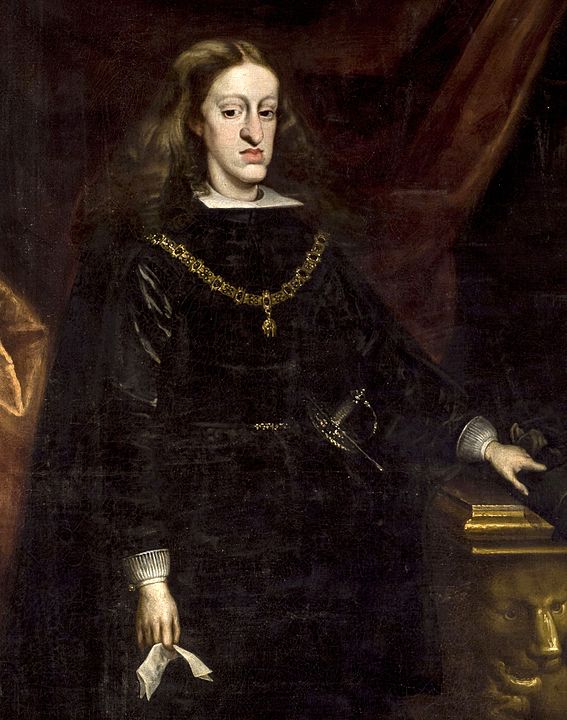
All eight of his great-grandparents were descendants of Joanna and Philip I of Castile.
A consequence of such inbreeding is the ‘Habsburg jaw’, a physical characteristic shared by many Habsburgs, including Charles. The extent to which this inbreeding was responsible for his numerous health issues is unclear, and disputed…
Historians Will and Ariel Durant famously described him as “short, lame, epileptic, senile and completely bald before 35, always on the verge of death but repeatedly baffling Christendom by continuing to live.” By the age of six, he had survived attacks of measles, chickenpox, rubella, and smallpox, any one of which was then a potentially fatal disease. His Habsburg jaw was so pronounced that he spoke and ate only with difficulty, and did not learn to talk until the age of four. However, it was Mariana who insisted he be carried everywhere until he was eight, and left uneducated, allegedly to reduce the ‘strain’ on his body and mind. Although prone to illness, contemporaries reported he spent much of his time hunting.
Very little is known for certain, and much of what is suggested either unproved, or incorrect. One often cited example used to illustrate his mental problems is the allegation he slept with his father’s body; while true, it was done under instructions from Mariana, whose doctors advised this would help him produce an heir. Although reputedly prone to bouts of depression, reports from his council and foreign observers… suggest his mental capacities remained intact.
… Since Charles was a legal minor when Philip died on 17 September 1665, Mariana was appointed Queen Regent by the Council of Castile. While the Spanish Empire remained an enormous global confederation, its economic supremacy was challenged by the Dutch Republic, and increasingly England, while Europe was destabilised by French expansion under Louis XIV. Managing these issues was damaged by Mariana’s power struggle with Charles’s illegitimate half-brother, John Joseph…
